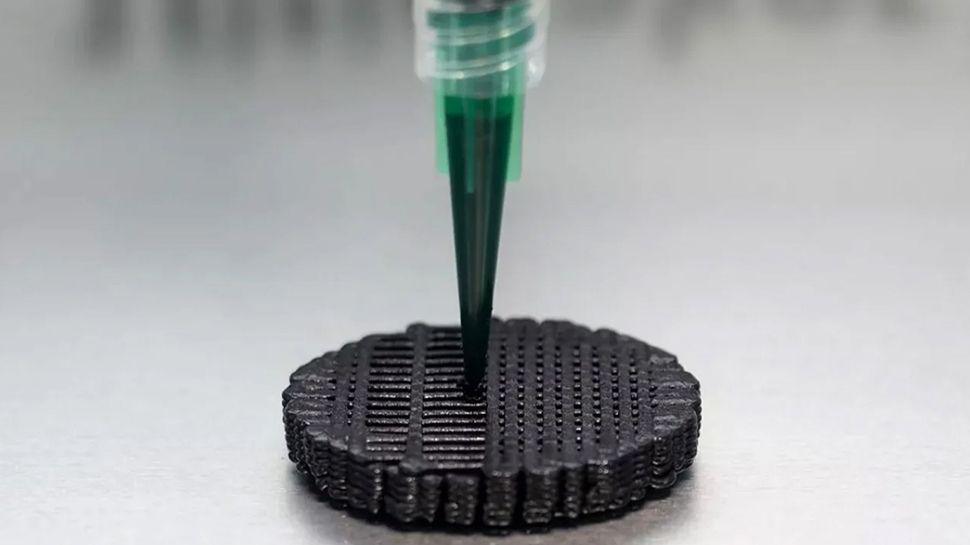- Biodegradable battery invented by scientists in Switzerland
- Mushrooms, which are the basic components of mushrooms, are the core material used.
- Mushroom-powered battery generates enough electricity to power sensors
Fungi have fascinated scientists for decades, probably centuries. There are approximately 200,000 known species across the planet, they are more closely related to animals than plants, the largest organism in the world is a fungus and some can glow in the dark. If you have seen or played The last of us, You’ll know that the parasitic fungus Cordyceps infects its host by colonizing and consuming its body (admittedly, in the real world, it takes over insects and won’t invade humans anytime soon).
Through a three-year project supported by the Gebert Rüf Stiftung’s Microbials funding program, researchers at Empa (Swiss Federal Laboratory for Materials Science and Technology) have found a novel use for fungi: they have developed a biodegradable fuel cell 3D printed. that requires feeding instead of charging.
Although the fungal battery (technically it’s a microbial fuel cell rather than a battery per se) produces only modest amounts of electricity, Empa says it can sustain devices like temperature sensors for several days.
3D printed battery
Microbial fuel cells work by harnessing the metabolism of living organisms to produce electricity. In the past this was done with bacteria. The Empa breakthrough combines two species of fungi: a yeast fungus on the anode side, which releases electrons, and a white rot fungus on the cathode side, which produces an enzyme that captures and conducts these electrons.
“For the first time we have combined two types of fungi to create a functional fuel cell,” explains Empa researcher Carolina Reyes.
Instead of adding fungi to a pre-assembled battery, the researchers integrated fungal cells into the 3D printed battery structure itself. The electrodes were carefully designed to provide nutrients to the fungi while remaining biodegradable and conductive.
Traditional battery disposal poses environmental challenges, as many contain toxic materials that can contaminate soil and water if not managed properly. Empa’s live batteries have no such problem, as they intelligently self-digest (consuming the cellulose-based ink in which the fungal cells are embedded) once their purpose has been served.
As a primary source of nutrients, researchers add simple sugars to battery cells. “You can store mushroom batteries in a dry state and activate them in situ simply by adding water and nutrients,” says Reyes.
Although a promising idea, the project faces challenges due to the complexity of working with living materials, combining microbiology, materials science and electrical engineering. Empa plans to experiment with different forms of mushrooms in the future in hopes of finding combinations that make the mushroom battery more powerful and long-lasting.




